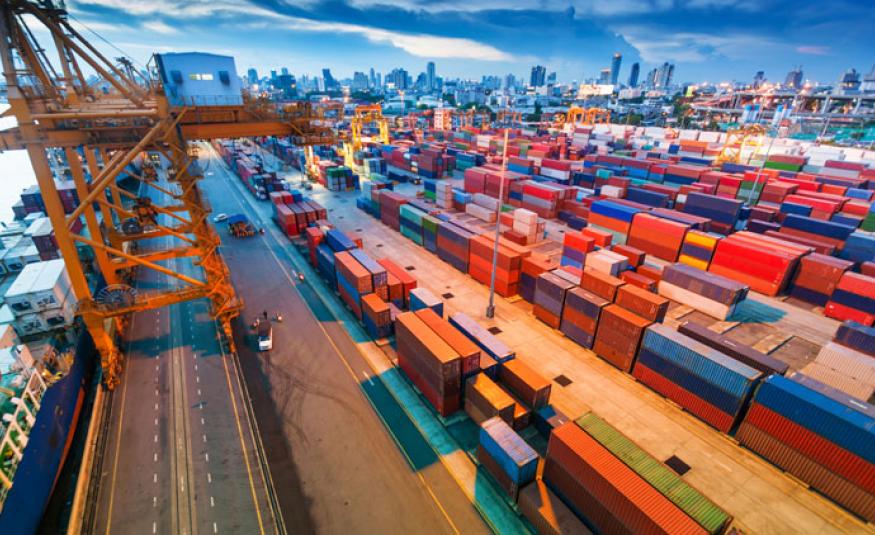As the world’s leading market for sourcing exhibitions, China has for many years been a target for organisers looking to tap into its cheap labour and high volume of production.
Today, according to supply chain management firm Li & Fung, sourcing trends in Asia are poised to change. Group chairman Dr William Fung, keynote speaker at the UFI Asia Open Seminar, explains why and where we should look next.
For some strange reason, China seems to operate in cycles of 30 years. When the People’s Republic of China was founded in 1949, the world lost China for three decades. The country turned inwards, isolated itself and its industry, interacting with this industry, for example, just twice a year at the Canton Fair.
The next 30 years, 1979 to 2009, was when Deng Xiaoping opened China to the world. Suddenly 1.3 billion people were offering cheap labour for the mass manufacture all the kinds of labour-intensive consumer goods.
China became the factory of the world. Its success phenomenal, unprecedented; it shook the world. Suppliers in the Philippines, Thailand and Indonesia threw their arms up in despair. ‘How can we compete with China?’ they asked.
However, a year ago I was at a factory in Shanghai and the guy said: “You know Mr Fung, it’s so hard competing with the Bangladeshis and the Pakistanis”.
Our sourcing world is moving. When did we first see that sign?
In the winter of 2009 and the spring of 2010, there was a mysterious string of worker suicides at a factory owned by the Foxconn Technology Group, back then the employer of 800,000 workers. If you have an Apple phone, the likelihood is they made most of it.
The Taiwanese owner of Foxconn thought he was underpaying his workers and after the Spring of 2010, he almost doubled the wages of his workers. Something like that does not happen in China unless the All China Federation of Trade Unions (ACFTU) says its okay. Especially in terms of a salary increase of that scale, for so many workers. This was the beginning.
There’s a Chinese saying, ‘when a leaf falls you know autumn is coming’. China decided to change tack. It started embarking on a second promise, and we’re predicting that China will soon be the world’s largest consumer market.
People talked about this even in 1979. In those days we called it the ‘billion toothbrush syndrome’. The idea is that China is so big that all a company like P&G has to do is sell one toothbrush to everyone in China, and it’ll get rich. But this never happened in the 30 years between 1979 and 2009. But it’s going to happen now. China has decided to change tack.
But what’s the evidence? Well, I think the Chinese Five-Year Plan (FYP) is probably the most underrated document in the world. If you all read the 12th FYP, for 2011-2015, you will know what China is saying is that it is going to grow at a slower rate, they were talking about a seven to eight per cent growth rate, in terms
of GDP.
In this 12th five-year plan, which nobody reads, China says it is going to raise the average minimum wage rate 13 per cent a year, every year, in those five years. For those of you not familiar with economic policy, that seems like a lot of wage growth. But nobody, no government in the world, has ever thought of changing wages in this way. The US is talking about doing something with the minimum wage, but it hasn’t touched it for nine years. It’s something only China can do. And as a result of this FYP, the minimum wage will be 80 per cent higher by the end of the five years.
This is what factories in China are facing now, a relentless growth in wages. These articles we see in the press, where people claim they are worried about China’s growth, well I point them to the plan. It told them many years ago that would be the case.
And if I was going to boost domestic consumption the people have to have money to spend. I’d want the money in the workers’ pockets, not the pockets of the bosses. So you get the development of the middle class, the consumers.
So how will this affect us? Production may go to somewhere like Bangladesh. It used to be the case that Bangladesh was destitute. When East Pakistan broke away from West Pakistan, Bangladesh was one of the most impoverished countries in the world. My brother and I met Henry Kissinger at a conference years ago and he told us that he thought it was a basket case, reliant on foreign aid for a long time. Not so. Bangladesh built up its textile industry and is now the second largest textile industry in the world after China.
The reality is that to decant all the production from China, which is a huge market, takes a long time. It’s not as easy as just changing where you buy your plane ticket to. For example, if it was a garment, normally you would ship the fabric from China out to somewhere such as Bangladesh. There is a time when exported produce from China will change from finished product to raw materials. Perhaps it will lose it completely in the way Hong Kong and Taiwan lost their production.
But inevitably production in general wants to move out of China, and it is doing so at a fairly slow pace. In the meantime, wages are rising. China’s future is as a consumer market; meaning the exhibition industry will flip; exhibitors will become the buyers.






